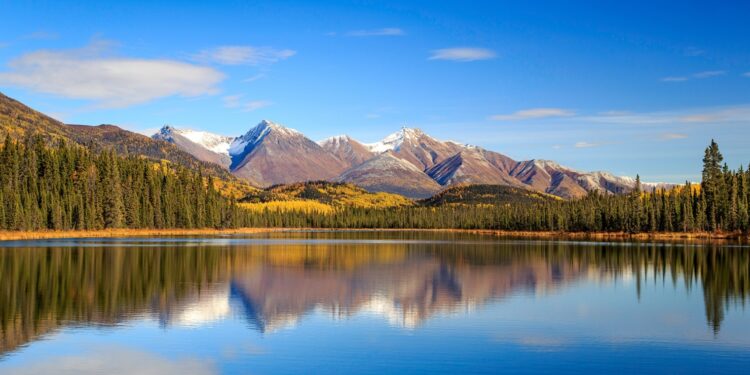Plans were announced on Monday by the Trump administration to take away federal protections from large areas of untouched Alaskan land.
This decision would allow oil drilling and mining to begin in parts of Alaska that still remain largely untouched by industrial activity.

Interior Secretary Doug Burgum stated that the previous administration overstepped its authority when it blocked oil and gas projects in more than half of the 23 million acres known as the National Petroleum Reserve-Alaska. He argued that the current government has gone too far in restricting development.
Focus on Expanding Energy Projects in Alaska
This new policy is part of President Trump’s plan that heavily promotes oil and gas extraction across public lands. His administration is working to remove most of the environmental rules put in place to control fossil fuel development.
According to Mr. Burgum, “we’re bringing things back into balance and making sure our country’s energy supply gets back on a strong path.” He gave this statement while laying out the administration’s intentions.
The National Petroleum Reserve-Alaska sits about 600 miles away from Anchorage. This large stretch of land lies between the Chukchi Sea to the west and the Beaufort Sea to the north.
It is the largest public land unit in the country and holds vital habitats for many species including polar bears, grizzly bears, caribou, and countless migratory birds.
Congress gave the green light in 1976 for oil development in this reserve, although it also required protections for wildlife and the environment. Originally, this area was set aside in the early 20th century to ensure the U.S. Navy would have fuel during emergencies.
Mr. Burgum claimed that the Biden administration is making it harder for America to produce its own energy and instead is putting up roadblocks that hurt domestic development. He described this approach as one that puts obstacles ahead of production at a time when energy independence is important for the country.
Federal Officials Visit Alaska to Promote Development
Mr. Burgum was in Alaska when the announcement came, and he was joined by Environmental Protection Agency head Lee Zeldin and Energy Secretary Chris Wright.
The goal of their trip was to push energy companies to begin projects in sensitive zones such as the Arctic National Wildlife Refuge. They also aimed to encourage investment in a planned liquefied natural gas pipeline in the region.
The oil industry quickly supported the plan to drill in the reserve, praising the administration’s decision to move forward.
Burning fossil fuels remains the biggest cause of climate change, which is pushing global temperatures higher and bringing unusual weather patterns. Alaska’s temperatures are increasing at a rate two or three times faster than the global average.
This is leading to thawing permafrost and melting sea ice, both of which are already changing how Indigenous people live off the land.






















